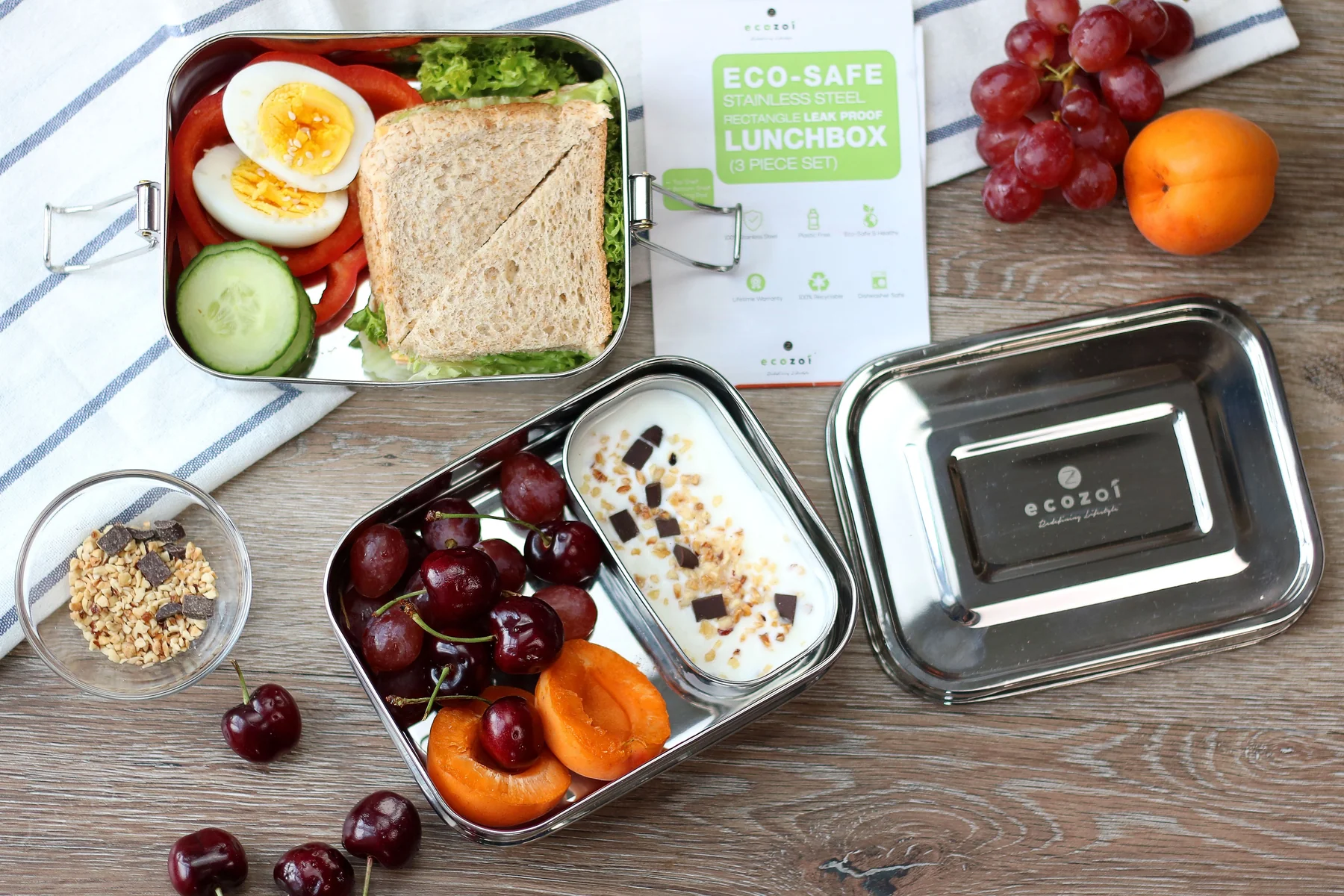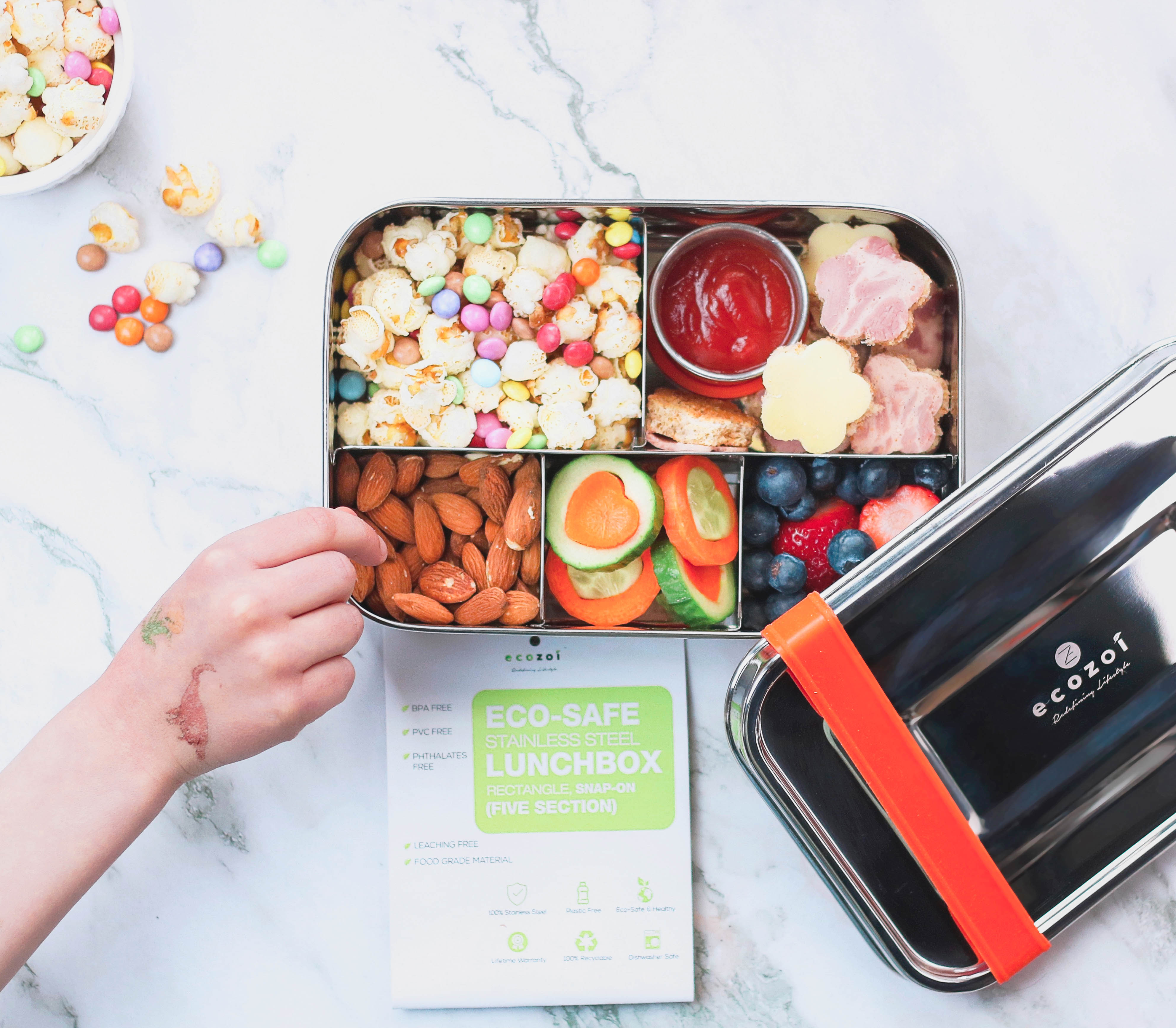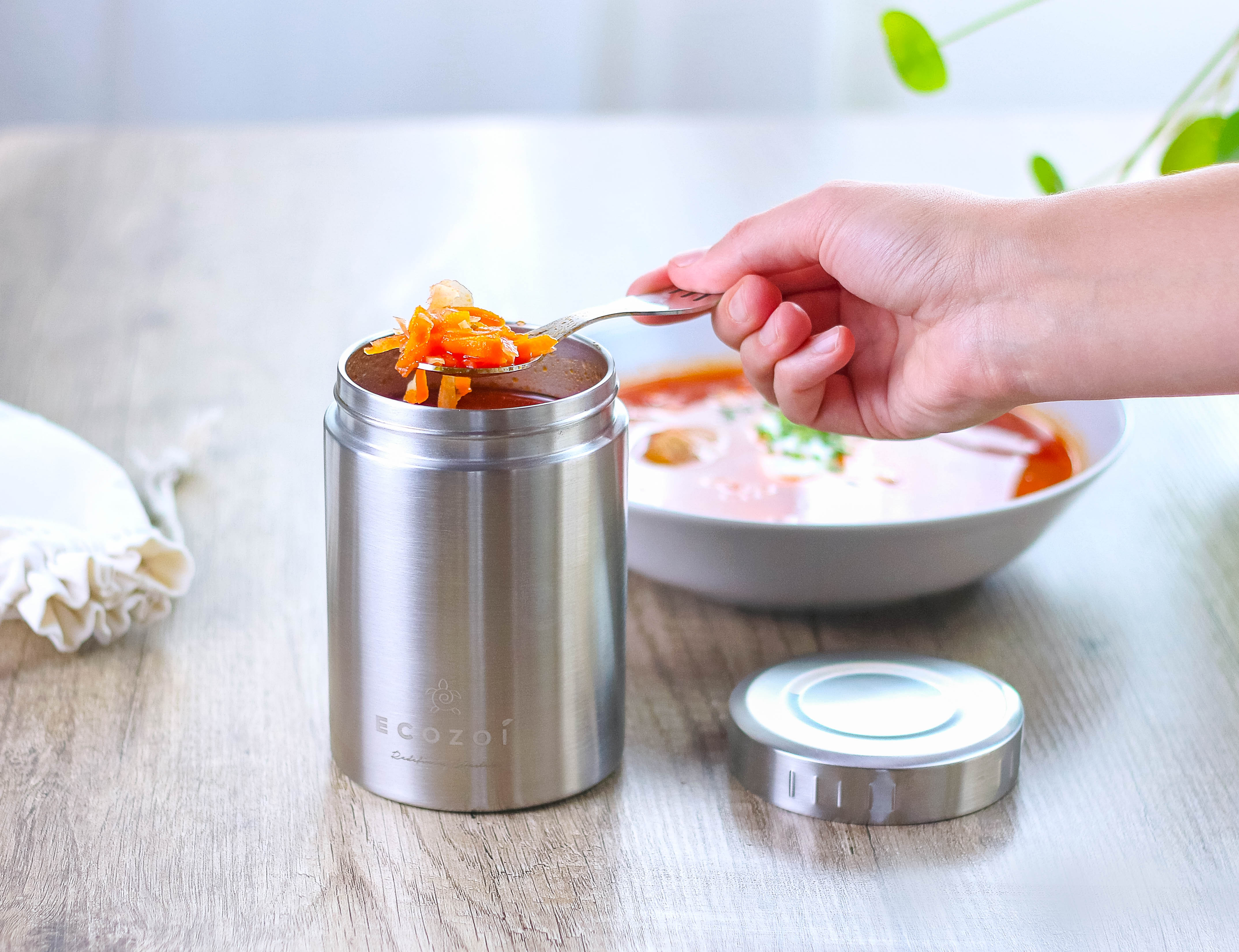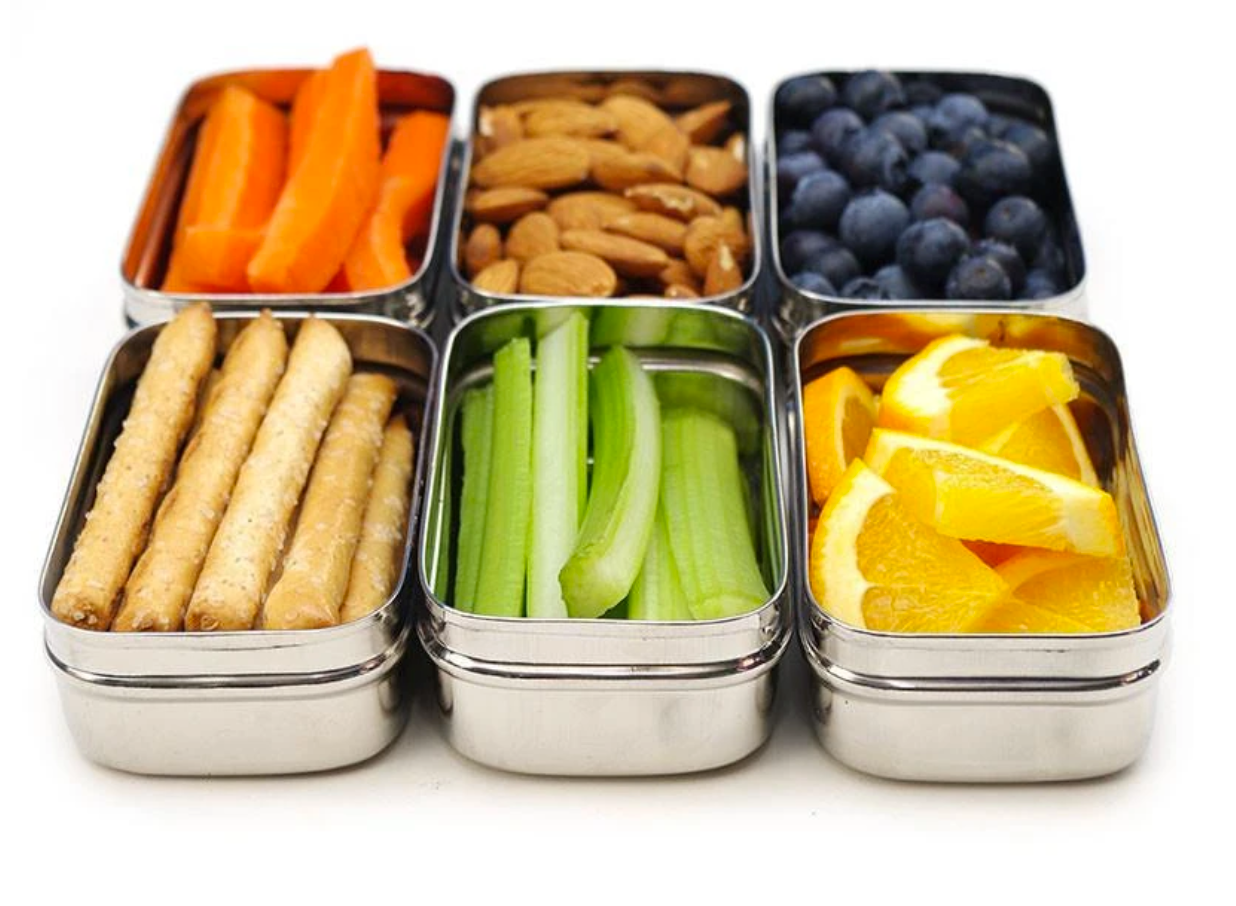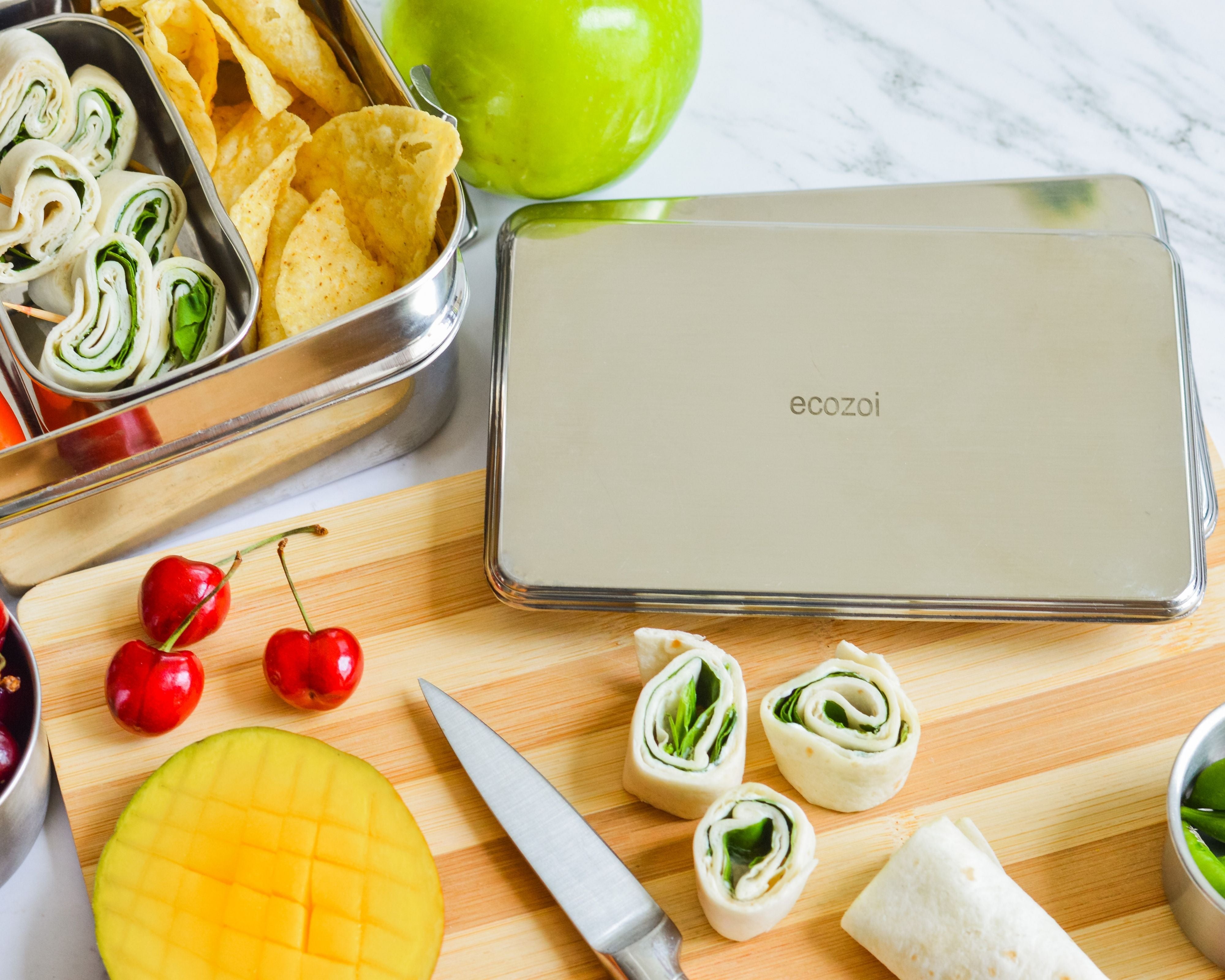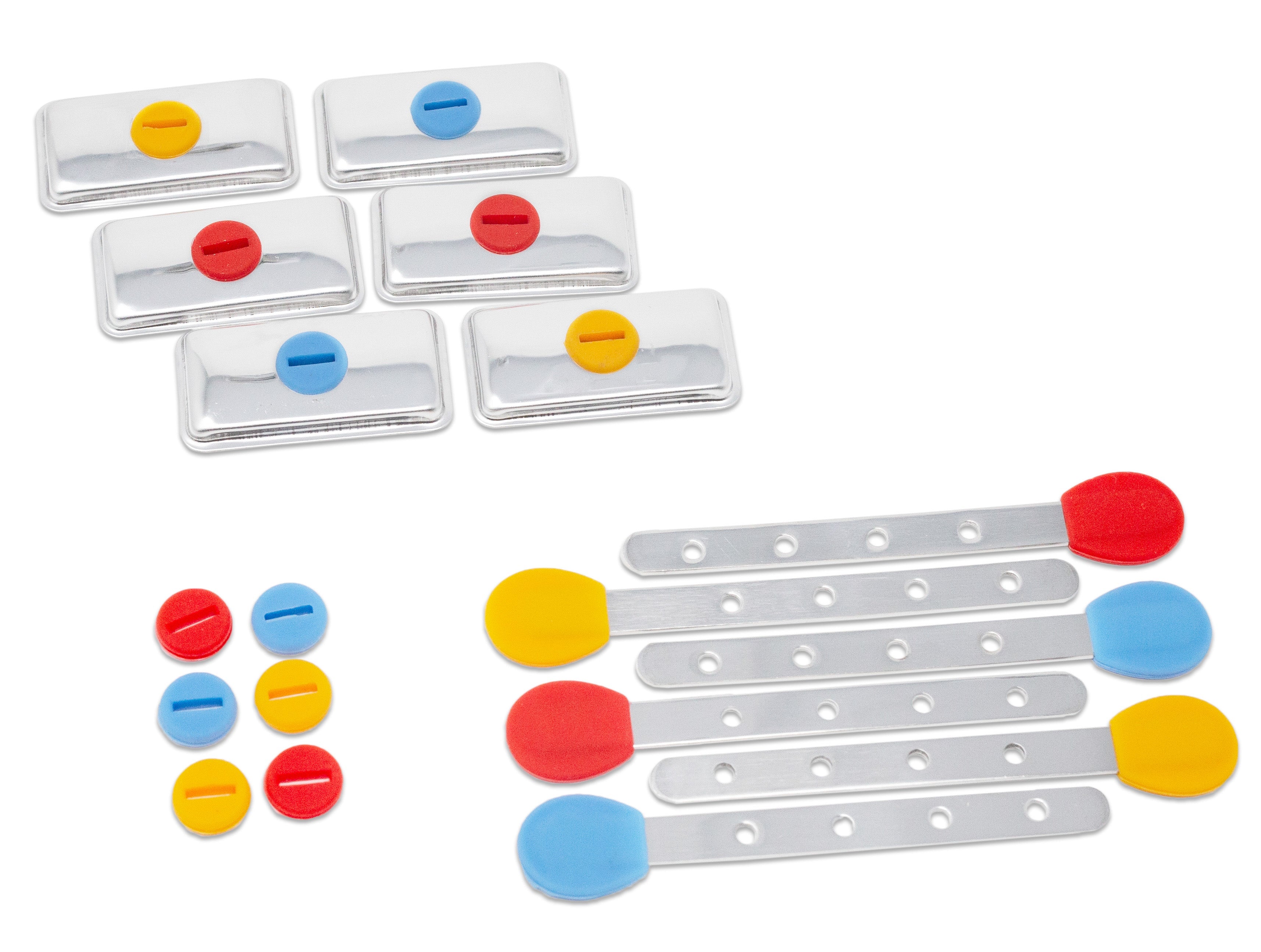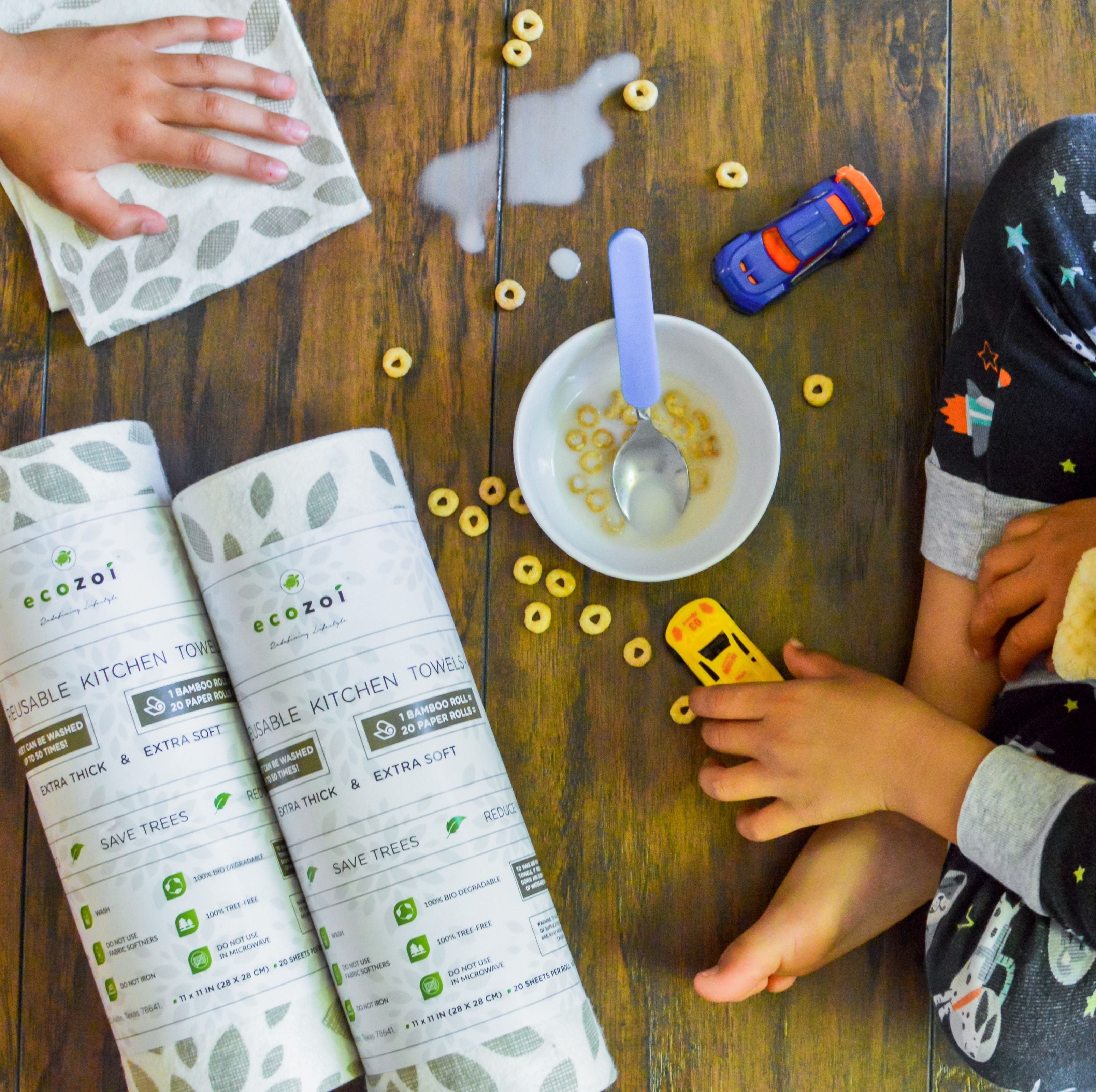A Guide To Greenwashing and Smart Sustainable Shopping
In an ideal world, an “eco-friendly” label on your laundry detergent means reduced packaging, water-safe ingredients, and eco-conscious production. Shoppers could choose between products while in the store based on their labels, opting for the item with less packaging and “all-natural” ingredients.
Unfortunately, buzzwords and green imagery are marketing tactics more than genuine efforts to improve product sustainability. As climate consciousness across the globe increases, companies are looking to cash in on consumer desires to shop smarter with greenwashing.
Green marketing aims to convince you to purchase a product over the competitor's based on the product packaging without any actual effort to improve its environmental impact.
Sometimes this is obvious, like disposable plastic sandwich bags that claim to be sustainably produced with wind energy. Consumers are smart enough to know that disposable plastic bags are never the most sustainable choice.
Some greenwashing is harder to catch. Big fashion brands that recycle old clothing to produce new items are reducing some waste, and consumers can’t prove how much is being recycled. On the other hand, these companies produce fast fashion items that will fall out of trend in a few months and are mostly made of polyester, which doesn’t decompose.
Every industry is looking for a sustainable angle, including things like green bonds and home construction. It’s important consumers know how to spot greenwashing and choose sustainable options.
Here are some questions to ask yourself next time you’re shopping to spot the greenest option.
Is This Item Sustainable?
Next time you’re shopping food storage options, you may find yourself wondering which sandwich bag to choose. There’s a whole aisle of options, so can the plastic bags that use 25% less plastic really be that bad of a choice?
Instead of choosing between brands, step back and re-examine the item itself. If you’re buying plastic bags for your kids’ lunches, consider other items that eliminate the plastic entirely. If you want to prioritize easy clean-up, choose paper lunch bags that can be thrown out or composted. They’re cheaper, less toxic to produce, and will decompose rather than pollute landfills.
Of course, the best option is to invest in stainless steel lunch boxes and food storage. These can be re-used time and time again and they’re recyclable when you’re completely done with them. You’ll also reduce the carbon footprint of producing and shipping disposable goods.
Can You Verify Product Claims?
There’s been a rising interest in organic and natural products for our health and well-being, but consumers have to ask themselves what these claims actually mean.
If an item is made of 60% organic ingredients, is it really organic? Similarly, are natural products made of unprocessed ingredients? Or are they “chemical-free” (which itself is unfounded — water is a chemical compound)?
Fashion retailers may claim to recycle your old clothes to create new garments, but what percentage of every garment is made of recycled materials? You may also wonder what percentage of clothes donated for recycling are recycled and which are disposed of.
Research shows that 56% of eco claims by fashion manufacturers are unsubstantiated, and fewer than 1% of all clothing is recycled. Often a little digging will show how much a company is truly invested in sustainability and how its products reflect that mission. If a product claim is vague or unverifiable, it probably isn’t the whole truth.

Does This Company Prioritize Sustainability?
A company built with environmental initiatives is the most likely to produce truly sustainable products. If you’re at the store comparing a “green” detergent and a detergent with no sustainability claims, and they’re both produced by the same company, it’s a fair bet that neither product is that eco-friendly.
Sustainability planning starts well before production. It considers ingredient sourcing, healthy production, green packaging, reusability, shipping, and so much more. A product may use recycled plastic in its packaging and claim to be green, but if production still pollutes local waterways and shipping leaves a massive carbon footprint, there are probably better options.
Reduce your impact by identifying sustainable companies to shop from rather than sustainable items at the store. You can also shop at local refill stores and buy concentrated cleaning and hygiene products. These are stored in your personal containers to reduce packaging waste, shipping pollution, and your consumption as a whole.
Sustainable shopping doesn’t have to be hard, you just have to know what you’re looking for. Start small and swap a few cleaning items and build new habits one at a time until you can spot greenwashing a mile away.
Still unsure what’s green and what’s greenwashed? Check out these shopping tips from Annuity to get started.


